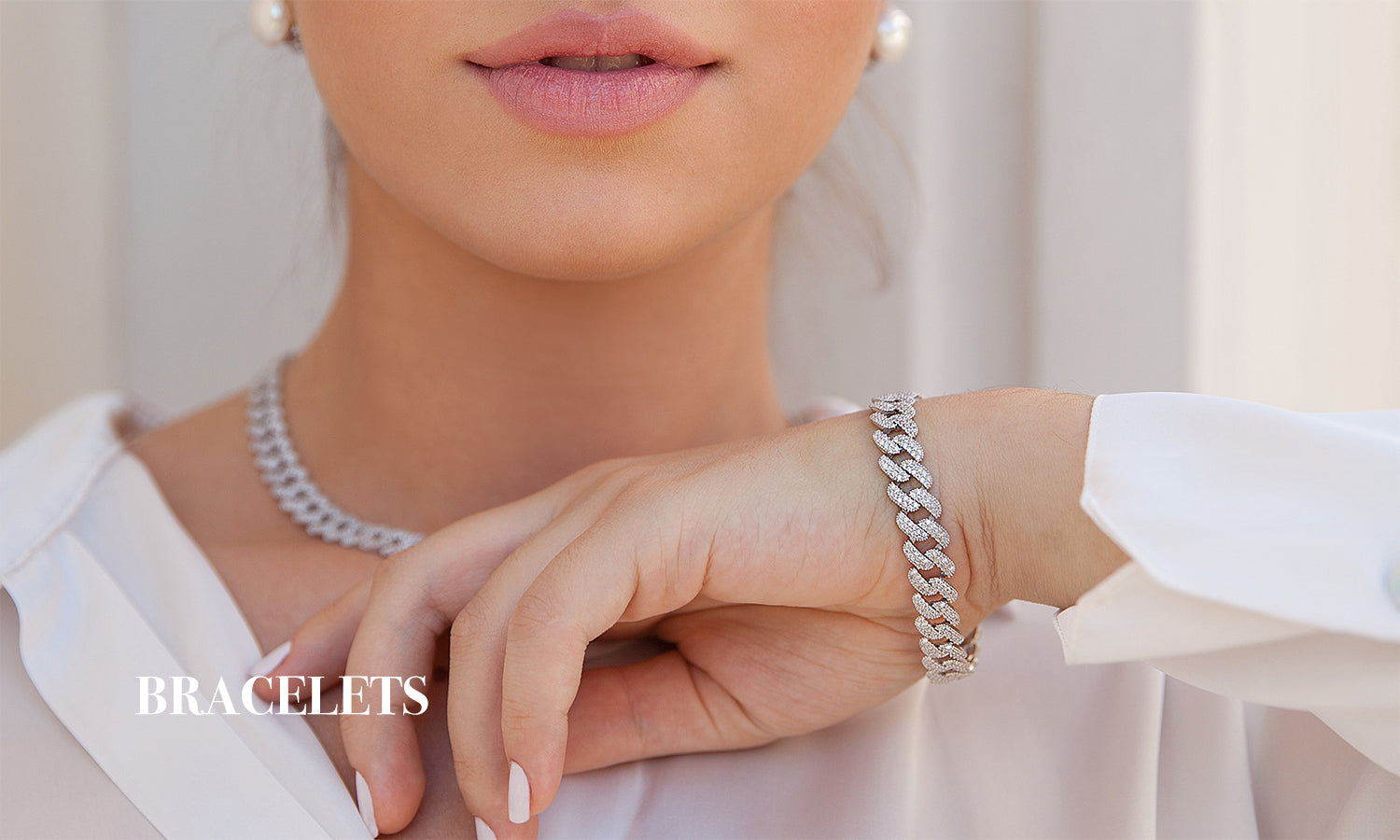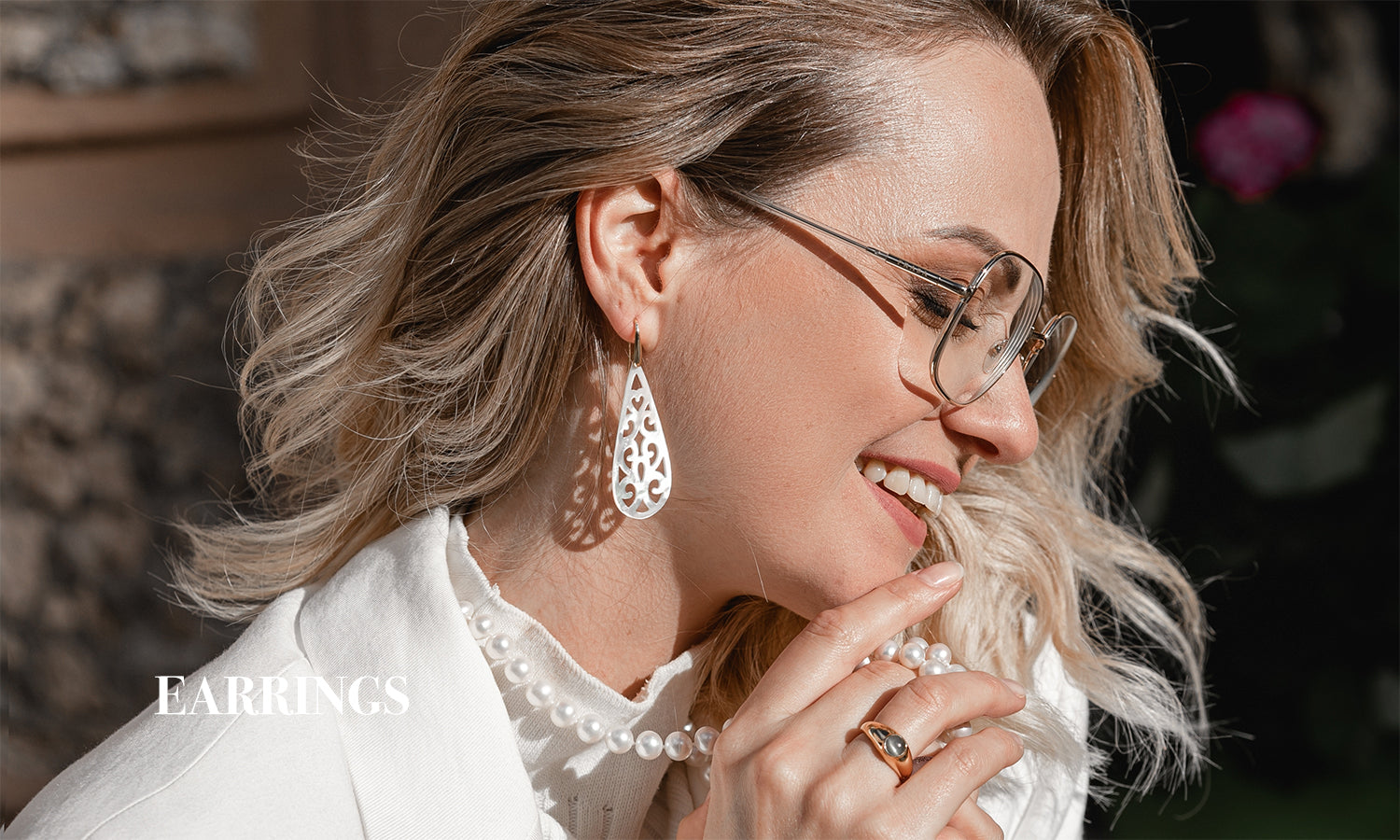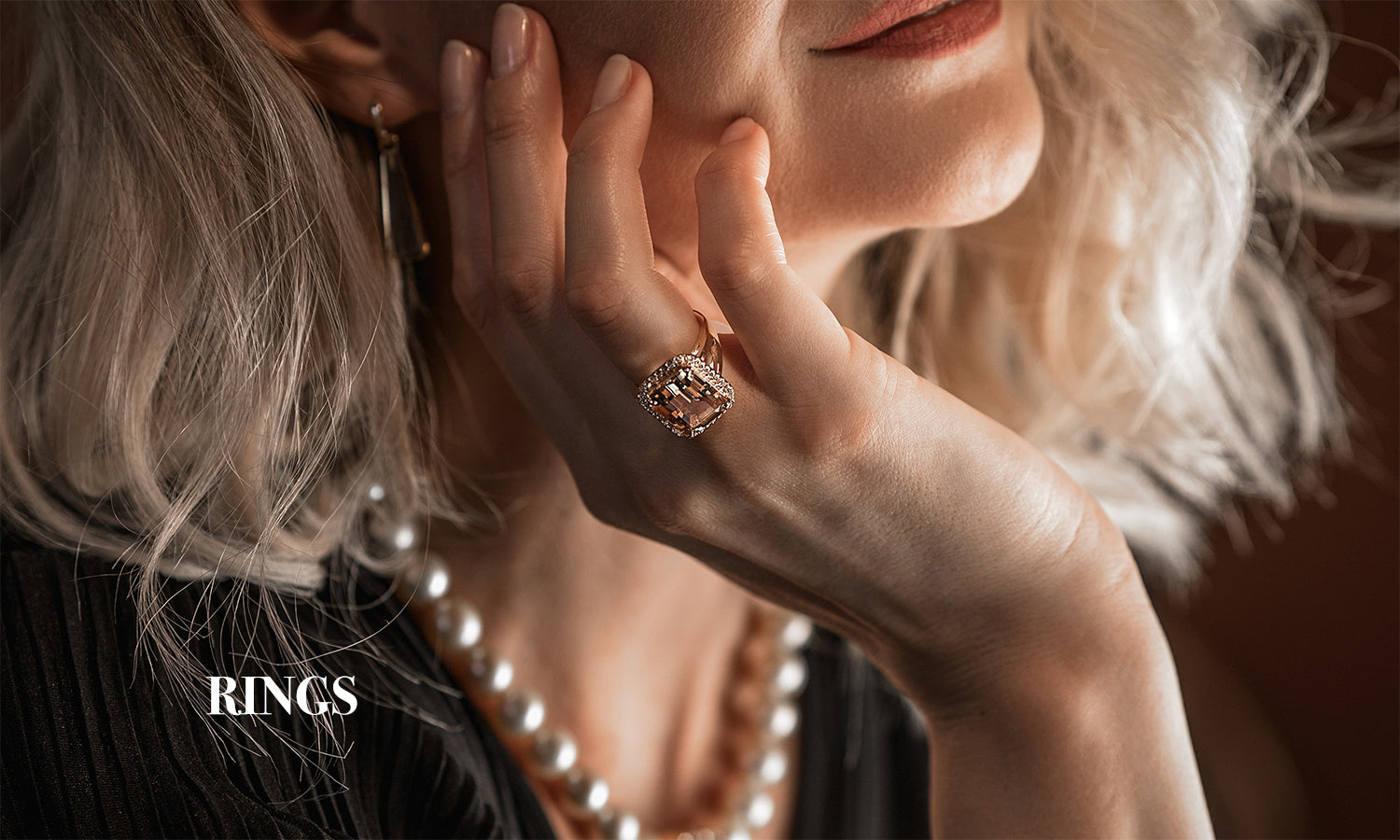Gold is a precious metal that is highly appreciated all over the world and is used to make all kinds of jewelry and accessories. It is important to know its karat in order to calculate its value. Do you want to learn how to know how many karats gold has? Keep reading and you will see that it is easy to do.

What are karats?
Gold is considered one of the main precious metals and karat (Kt) is the unit by which the purity of gold is measured. 10K is the lowest level of purity, and also the densest. Pieces with less than 10K are usually said to be gold-filled or gold-plated. 24K gold is almost pure and very soft.
Pure gold is gold in its natural state without any alloy with other metals. However, pure gold is a very soft material and is not recommended for jewelry making. Consequently, pure gold is used in alloy with other materials (usually silver or copper) to improve its strength and durability. At the same time that it is given greater consistency, different shades and hues are achieved. White gold, for example, is a mixture of gold with silver or palladium, and rose gold is an alloy of gold and copper.
In fine and high jewelry, 18Kt gold is used, also known as first-grade gold; this refers to the fact that it is made up of 18 parts of pure gold and 6 parts of another type of metal. It is also recognized as 750/1000, which means that an 18kt piece is composed of 75% pure gold and 25% other metals.
The karats of gold (Kt) should not be confused with the carats of precious stones (Ct), since the latter refers to the weight of the gemstone, i.e. 1 Ct is equivalent to 0.20 gr. To understand it better, we recommend this post that talks about what a carat is.
In short, when gold is combined with other metals, the karat measurement is done to determine how much gold the piece has.

Steps to find out how many karats gold has
The first thing you can do is look for the hallmarks on the piece, which will determine its purity. It is usually a number followed by the letter K, which indicates its purity. If it says 10K, it means that the jewel has 10K, if it says 24K, it will be 24. It is usually marked on the clasp of bracelets and necklaces, on the inside of rings, or on the hook of earrings. This mark is called a contrast stamp and its equivalences are the following:
Stamp – Karats – Percentage of Gold of Law
375 – 9 Kt – 33.30% - 33.30% of gold
585 – 14 Kt – 58.50% - 58.50%.
750 – 18 Kt – 75% - 75% of the total value of the stamp
999 – 24 Kt – 99.9%.

Other methods
-Observe the color
If we do not find the engraved mark that indicates that the piece is made of gold, it is possible that it has been worn or is a fake. But be careful! The fact that there is this engraving does not indicate 100% that the piece is authentic, fake pieces sometimes also include this engraving to deceive the future buyer.
The next check we must make is that the color of the gold is uniform and there are no signs in the most worn areas of the appearance of another color of the metal.

-Biting the gold
It is very common to see in western movies that they apply this method to recognize a gold coin, however, we recommend being very careful with the teeth if we want to try to determine if a piece is made of gold or not with this system.
Applying this method, if it is gold, the metal may show indentations of the teeth since it is a soft metal, although it is not an infallible method since there are soft metals that can receive a good bath of gold and deceive us.
-The density test
The density test will allow us to refresh our knowledge of the institute and for this; we will need a small balance, a millimetered container, and water. With this method, we can know how many carats the gold piece we want to verify.
The first thing we must do is to weigh the jewel, fill the container up to the 0 mark and submerge the gold piece and see the level that marks when we submerge the piece. In this case, we must see the difference between the water level (zero) before submerging the piece and the level after submerging it. Now, knowing the weight in grams, you can calculate the density of the jewel.
The 10K gold has a density of 11.57 gr/ml.
The 14K gold has a density of 13.97 gr/ml.
18K gold has a density of 15.58 g/ml.
The 24K 19.32 gr/ml.
This method is only valid to know the density of the gold, not to verify if the metal is really gold. For this, it is necessary to verify that the piece is really made of this precious metal.

The magnet test
Although the use of a magnet may seem a rudimentary method is very effective to know if the piece we have is gold, and it can be of great help. Sometimes, it can be a gold-plated ferric material.
A small magnet may not be effective enough, but it is necessary to have a very strong magnet, such as a neodymium magnet, which is the strongest we can currently find in the market.
As we already know, gold is not a magnetic metal and if the magnet comes close to the piece we want to test, it is confirmed that it is not real gold.
Kits
There are also kits that are special for analyzing gold, which includes acids that determine the purity of the gold. The most complete comes with separate containers for 10K, 14K, 18K, 22K, and 24K.
To use the kit, scratch the piece with the stone it contains, but in a protected area, such as the interior. This is a test that will leave a mark, so do it in a place where it will not be seen. The kits include instructions to perform all the tests easily and to know how many carats the gold is.
The kits can be purchased online, although in some cases there are restrictions on home delivery as they are acid kits. On the other hand, be very careful when handling acids as they are very toxic.

We hope this post has helped you, visit Planderful's website and discover the jewelry we have for you.





